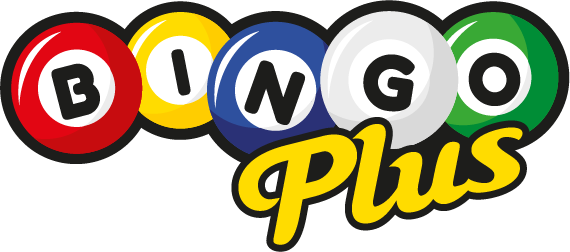In a world that thrives on innovation and creativity, the ability to modify and adapt ideas is an essential skill. Whether you’re a writer, entrepreneur, artist, or educator, the capacity to take existing concepts and tailor them to better suit your audience or a specific objective can yield remarkable results. This article explores the significance of adaptation, its applications across various fields, and how to harness this art to engage and inspire.
The Power of Modification
Modification is not merely about tweaking an existing idea; it’s about breathing new life into it. By understanding the needs and preferences of your audience, you can reshape your message to resonate more deeply. Here are a few key reasons why modification is crucial:
-
Improved Engagement: Tailoring your content to your audience’s interests increases its relevance. Whether through humor, cultural references, or relatable examples, modifying your approach fosters a connection that can lead to deeper engagement.
-
Diverse Perspectives: Different audiences bring unique viewpoints to the table. By adapting your message, you not only attract a broader audience but also respect and value the diversity of perspectives.
-
Innovation: Many groundbreaking ideas are derivatives of existing concepts that have been modified. Embracing this principle can spur creativity, leading to innovative solutions to common problems.
- Accessibility: Modification can also enhance accessibility. By simplifying language or incorporating visuals, you ensure that your content is understandable and enjoyable for a wider range of people.
The Process of Modification
To effectively modify your ideas, consider the following strategies that can help you craft tailored content:
1. Research Your Audience
Understanding your audience is the cornerstone of effective modification. Conduct surveys, gather feedback, and analyze demographic data. What challenges do they face? What are their interests and goals? By gathering this information, you can create content that speaks directly to their needs.
2. Set Clear Objectives
Before you dive into modification, clarify your objectives. What message do you want to convey? Are you aiming to inform, persuade, entertain, or inspire? Having a clear goal will guide your modification process and keep your content focused.
3. Utilize Feedback Loops
Feedback from your audience is invaluable. Incorporate comment sections, surveys, and social media interactions to gather responses. Adapt your content based on this feedback, creating a dynamic relationship between you and your audience that fosters continuous improvement.
4. Experiment and Iterate
Modification involves a degree of trial and error. Don’t hesitate to experiment with different formats, tones, or angles. For writers, this might mean altering the narrative style; for educators, it could involve changing teaching methods. Iteration leads to refinement, so be open to evolving your content based on what resonates best.
5. Embrace Collaboration
Collaboration can infuse fresh ideas into your work. If you’re a business leader, gather input from your team or even customers. Writers and artists can seek feedback from peers or join critique groups. Collaboration opens up new avenues of thought and encourages diverse modifications.
Applications Across Fields
1. Education
In the realm of education, modifying lesson plans to cater to various learning styles can significantly enhance student engagement and retention. By incorporating multimedia resources, hands-on activities, or differentiated instructional methods, educators can provide a richer learning experience.
2. Marketing
For marketers, understanding consumer behavior is critical. Modifying campaigns based on market trends and consumer feedback ensures that brands remain relevant. Tailoring content for different platforms (such as social media vs. email) can also amplify reach and engagement.
3. Creative Arts
Artists and writers often modify their work based on audience reception. Feedback from exhibitions or readings can inspire further exploration of themes or styles, breathing new life into their creations. Adaptation in art goes beyond mere revision; it’s about evolving the narrative and engaging the audience on a deeper level.
Conclusion
The ability to modify ideas effectively is a superpower in today’s fast-paced world. It allows us to connect, innovate, and inspire. By understanding our audience and embracing a flexible mindset, we can transform existing concepts into something uniquely impactful. So, the next time you embark on a creative project, remember that modification isn’t just an option; it’s an opportunity to unlock the full potential of your ideas.




